Energy facilities are large and complex structures that play a key
role in global energy production and are responsible for the production and
distribution of large amounts of energy. These facilities, which use different
energy sources such as thermal power plants, hydroelectric power plants, wind and
solar power plants; need efficient and reliable infrastructures solutions to ensure
energy continuity. In these facilities, uninterrupted energy production is of great
importance because interruptions in electricity production can lead to widespread
economic losses and social disruptions.
Large machines and energy production equipment used in power plants
are often exposed to high temperatures and harsh operating conditions. Therefore,
reliable energy infrastructuress are needed for the trouble-free operation of these
equipment. At the same time, effective cooling solutions are also required to
prevent these systems from overheating. Energy efficiency is an important factor in
reducing costs in energy production facilities as well as achieving environmental
sustainability goals. Therefore, the integration of efficient energy management
systems in energy facilities is inevitable.
With the widespread use of renewable energy sources, more flexible and
modular infrastructuress are becoming more prominent in energy production
facilities. In particular, the integration of renewable energy sources such as wind
and solar energy requires more dynamic solutions in energy distribution systems. At
the same time, rapid response to possible malfunctions in these facilities and
effective maintenance processes are of great importance for production continuity.
Maintenance-friendly systems play a critical role in ensuring the safe and efficient
operation of energy facilities.
Need for High Corrosion Resistance:
In providing the corrosion resistance required by this sector, all EAE
Elektroteknik products stand out with their high corrosion resistance in harsh
environmental conditions.
Corrosion is the process of wearing away of metals or metal alloys by
oxidation or other chemical effects. Electrical panels must be protected from these
corrosive effects according to the environmental conditions in which they are
located.
• Paint application on DKP sheet metal: This method can provide
limited protection against corrosion. Although external environments are more
corrosive, similar corrosive effects can occur in interior spaces over time. For
this reason, the corrosion resistance that is attempted to be provided by applying
paint on DKP sheet metal should not be preferred for use in interior
environments.
• Galvanized sheet or paint application on galvanized sheet: This
method, which is widely used in industrial environments, provides effective
protection against corrosion. It should generally be preferred in both indoor and
outdoor applications. It is quite advantageous when evaluated in terms of price and
performance.
In all EAE Elektroteknik products, even if they are painted, which is
the second option, ready galvanized sheet metal is used. This feature increases the
resistance of the products to corrosion in harsh environmental conditions, as
explained above.
Need for Formatting for High Security:
Safe operation of panels is very important for this sector. Therefore,
shaping of electrical panels is recommended.
The compartmentalization process, called forming or internal
separation in electrical panels, aims to ensure human and equipment safety by
increasing the security measures within the panel. This process maximizes safety by
limiting faults (fire, etc.) to a certain area and preventing technical personnel
from touching live parts during intervention.
There are different levels of formation in electrical panels. These
levels determine the internal structure of the panel and the way the compartments
are separated. The highest level of internal separation is called Form 4b. Form 4b
means that all compartments inside the panel are completely separated from each
other and provide the highest level of security.
Panels with Form 4b formatting are preferred especially in high-risk
environments and critical applications. These panels protect both life safety and
equipment safety by preventing the spread of faults. They also provide a safe
working environment during maintenance and repair operations.
Partial cover application is generally recommended for panels with
Form 4b shaping. Partial covers facilitate access to only a certain section of the
panel and protect the security of the sections.
To learn more about formatting, you can access our relevant blog post
by clicking here.
Need for Formatting for High Security:
Türkiye’s location in an earthquake zone necessitates that
non-structural products such as electrical panels and rack cabinets be manufactured
in a manner resistant to seismic movements. In order to ensure energy continuity and
protect life safety in the event of an earthquake, it is of great importance to use
products with sector-independent seismic certification and to strictly follow the
manufacturer’s installation instructions.
Seismic certification shows that electrical panels and rack cabinets
can maintain their structural integrity and functionality during an earthquake.
These certifications also prove that the products have been tested in accordance
with international standards and are designed to withstand a certain earthquake
intensity.
Proper installation of seismic certified products in the field
directly affects the performance and safety of the product. Failure to comply with
the installation rules specified by the manufacturer may reduce the seismic
resistance of the product and even cause damage during an earthquake.
As EAE Elektroteknik, we attach great importance to seismic
resistance. Our products have been tested and seismic certified in accordance with
international standards. In addition, we have prepared detailed installation
instructions for our products, aiming to ensure that our customers perform a safe
and correct installation.
The Need for Correct Determination of IP
Protection Degree:
The protection of electrical panels against environmental factors is
ensured by performing tests specified within the scope of the IEC 60529:1989
standard, which determines the degree of protection against solid and liquid
objects. These tests are expressed with numbers (IP code) that indicate that the
panels provide certain levels of protection.
The first digit in the IP code indicates the level of protection
against solid objects, the second digit indicates the level of protection against
liquids.
A high IP rating does not provide sufficient assurance for outdoor
use, meaning that enclosures with a high IP rating are EXTERNAL!
There is a misconception in the market that products with a high IP
protection rating can be used outdoors.
Even if products with a high IP protection degree are dust and water
resistant, the period of exposure to corrosion in outdoor environments is shorter.
In addition, the radiation effect of the sun should also be taken into account.
These factors are not taken into account in the IP classification.
In addition, as the IP increases, the temperature inside the panel
also increases. This reduces the current carrying capacity of the products.
Therefore, it is important to determine the optimum IP value for the panel, neither
too high nor too low.
The Need for Proper Ventilation:
Temperature increase directly affects the performance of devices
inside the panel or rack cabinet. Temperature increase tests, which are as important
as short circuits in panel type tests, are critical for the safe and efficient
operation of devices. Since temperature increase reduces the current carrying
capacity, the temperature inside the panel/rack cabinet must be brought to the ideal
level with proper ventilation.
The temperature inside the panel/rack cabinet increases due to the
ambient temperature and the heat emitting devices inside (breaker, busbar, server,
etc.). This temperature increase is calculated by taking into account the electrical
loss power values in the catalogs of each device used.
The IP protection level also contributes to the temperature increase
by preventing the heat from escaping to the outside. Therefore, it is important to
choose the right IP level for the panel/rack cabinet, not the highest one. A high IP
protection level does not always mean better protection, and the wrong choice can
cause excessive temperature increase and therefore damage to the devices.
After the temperature increase is determined, the panel or rack
cabinet can be cooled according to the value obtained by the following
methods:
- Natural Ventilation
- Cooling with fan
- Cooling with air conditioning
As EAE Elektroteknik, you can use our PanelTemp heat software for
cooling calculations inside panels up to 1600A. Click here to get more information
about PanelTemp. You can also access our blog post about cooling with fans here. You
can contact your Customer Representative for our air conditioning solutions.
The Need for Proper Ventilation:
The level of protection against impact is called IK test in the IEC
62262:2002 standard. In this test, a value is determined by checking that the damage
caused by an object falling from a certain height does not affect the IP protection
degree of the panel. This value indicates the IK level of the cabinet. EAE Panels are at
the highest level, IK10.
In addition:
As EAE Elektroteknik, we enable infrastructures facilities to operate
efficiently and uninterruptedly with our solutions that meet the requirements of
this sector.
PanelMaster Low Voltage Type Tested Panel Systems;
offers high security and durability for use in infrastructures facilities. The
durability and reliability of the system has been proven with documents received
from internationally accredited laboratories. In this way, the performance,
reliability and compliance with standards of our panels are proven at an
international level. Our panels, designed to suit harsh environmental conditions,
have high corrosion resistance. Depending on the conditions of the environment in
which they will be used, they can be manufactured from galvanized and stainless
steel materials. Thus, our panels offer long-lasting use even in corrosive and harsh
environmental conditions.
• IEC 61439-1-2 Type Test Standard
• IEC 60068 Seismic Test Standard
• IEC 61641 Internal Arc Test Standard
You can click here to examine our PanelMaster Panel System in more
detail.
E-Kabin Type Tested Empty Panel Systems:
It offers solutions with a wide range of products for the needs of control,
command and many different applications in the internal and external environments of
infrastructures facilities, including 304-316 stainless steel. E-Kabin panel
products are suitable for difficult working conditions with their internationally
accredited standards, and provide durable and long-lasting use.
• IEC 62208 Type Test Standard for Empty Enclosures
• Degree of Protection Provided in IEC 60529 Panels
• IEC 62262 Protection Against External Mechanical Impacts
E-Cabin solutions that can stand out for this sector can be Stainless
and External Solutions.
E-Kabin Stainless Series Panels:
Our products can be produced in 304 or 316 quality upon request.
Dimension changes, material thickness changes and desired hole operations can be
applied by adhering to the standard product design.
It is also possible to manufacture painted or varnished in the desired
RAL codes. If desired, a lock system made of 316 quality stainless steel can be
selected instead of the standard chemically resistant pendulum arm lock
system.
Interior accessories such as mounting profiles, mounting plates, front
cover system etc. used in all E-Kabin series can also be used for stainless
products.
Thanks to our manufacturing techniques, the welding bolts used for
various door interior parts are applied in a way that does not leave any marks on
the outside of the door. Thus, a clean and smooth surface appearance is
provided.
You can click here to examine our stainless panels in more
detail.
E-Kabin External Panels:
The external factors that panels are exposed to in external
environments are much more than in internal environments. Snow, rain, dust, mud,
sand, etc. The panel must maintain its structural integrity and function in all
these factors. Therefore, external panels must be designed accordingly.
One of the most important accessories in these products is the roof.
The roof must be designed appropriately to prevent water from accumulating when the
door is opened, and water leakage or running water from the opposite angle must be
prevented.
There is a perception in the market that high IP protection degree in
external panels means external, but high IP protection degree does not mean
external. Although the relationship of products with high IP protection degree with
dust and water is defined, the corrosion period in external environments is shorter,
and the radiation effect of the sun should also be taken into account, which is not
used in IP protection degree. Corrosion resistance is one of the most important
points in external panels. You can find our article on corrosion resistance
above.
E-Kabin H series external panels are produced as modular or monoblock
for external environments. You can click here to review our E-Kabin external panel
series.
You can click here to examine the entire E-Kabin product portfolio in
more detail.
KabinPLUS IT Infrastructure
Solutions;
It offers durable, modular, long-lasting, highly secure, aesthetic and
user-friendly IT infrastructures solutions suitable for environmental conditions for
buildings with critical facility status such as infrastructures facilities.
You can click here to examine our
KabinPLUS products in more detail.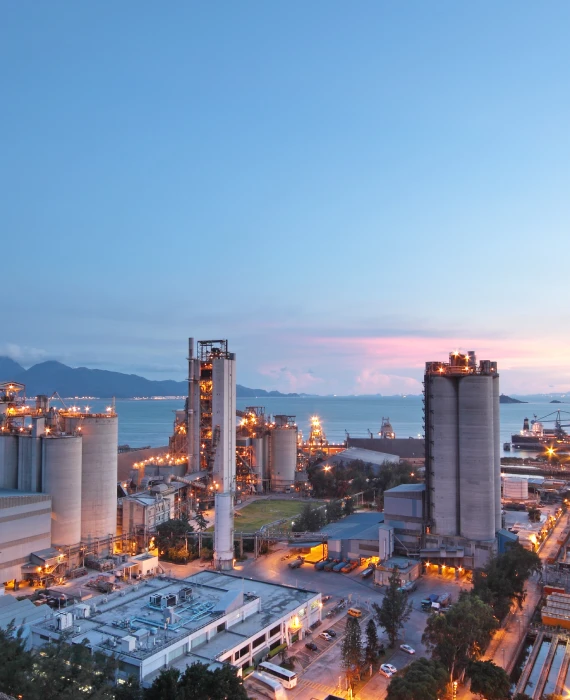
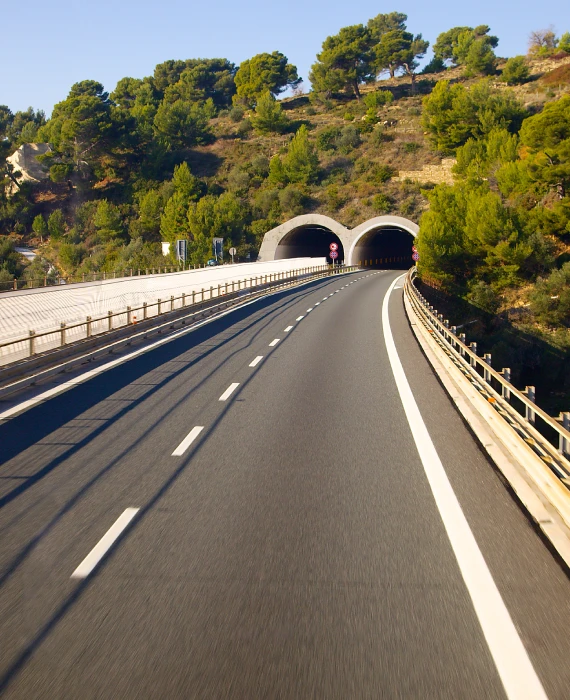
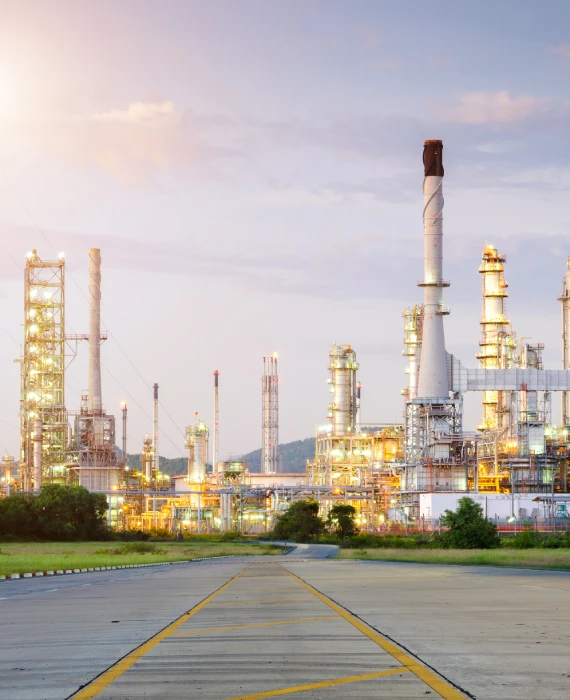
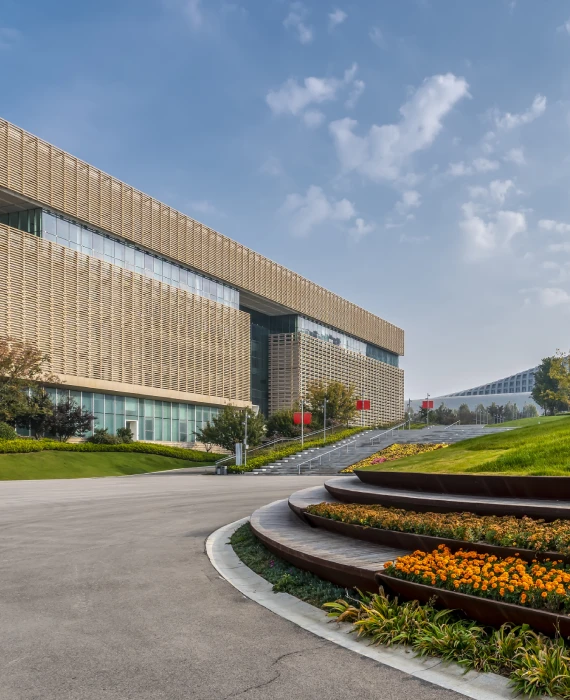
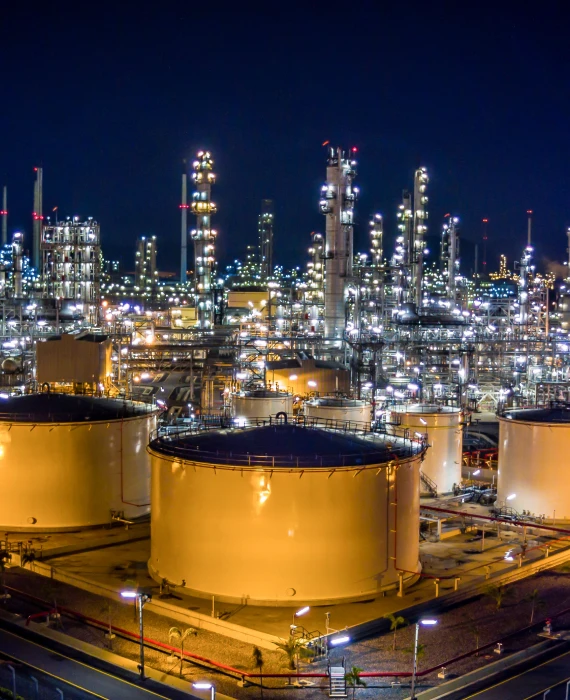
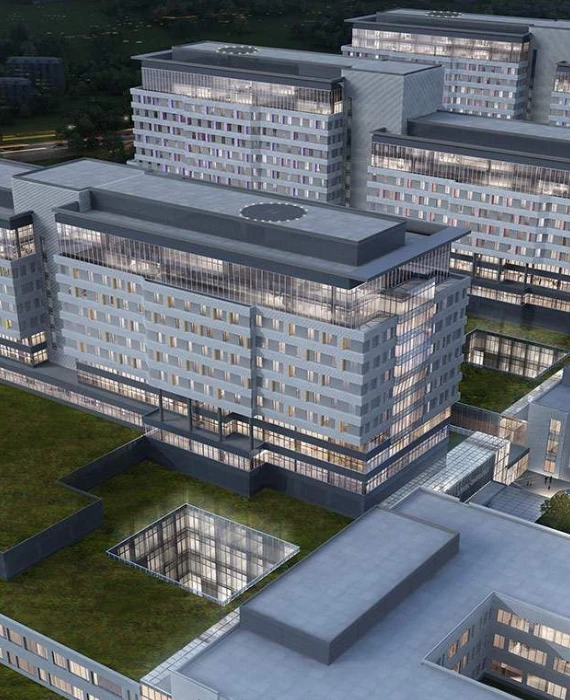
_shutterstock_750265378.webp)
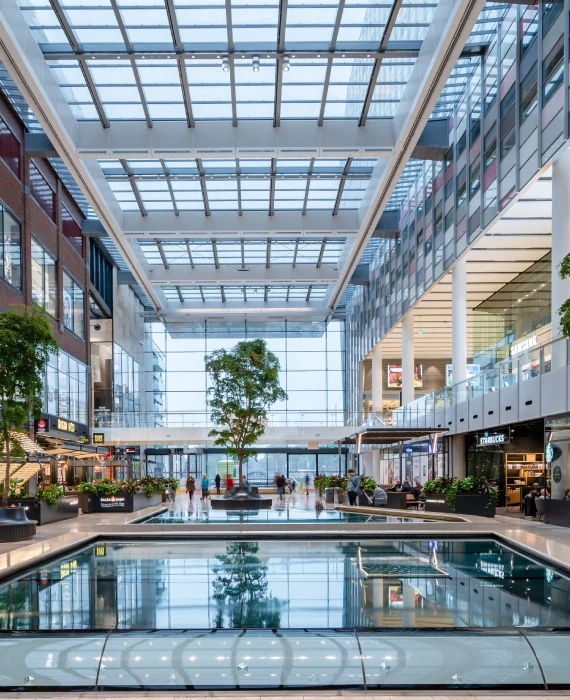
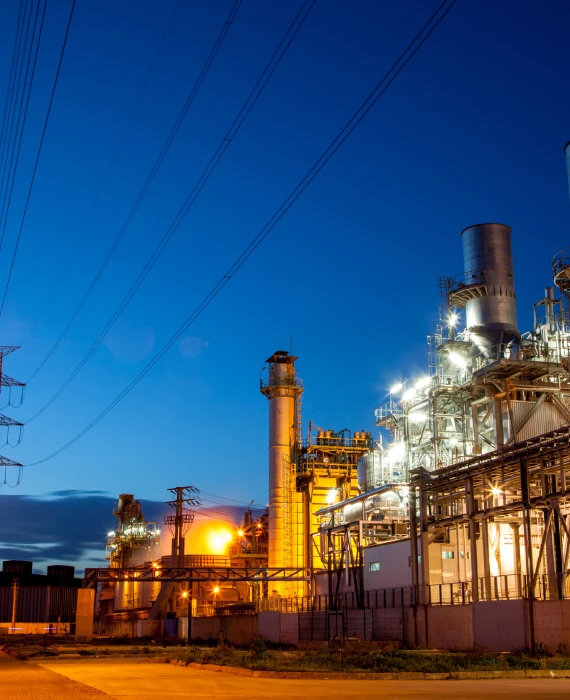
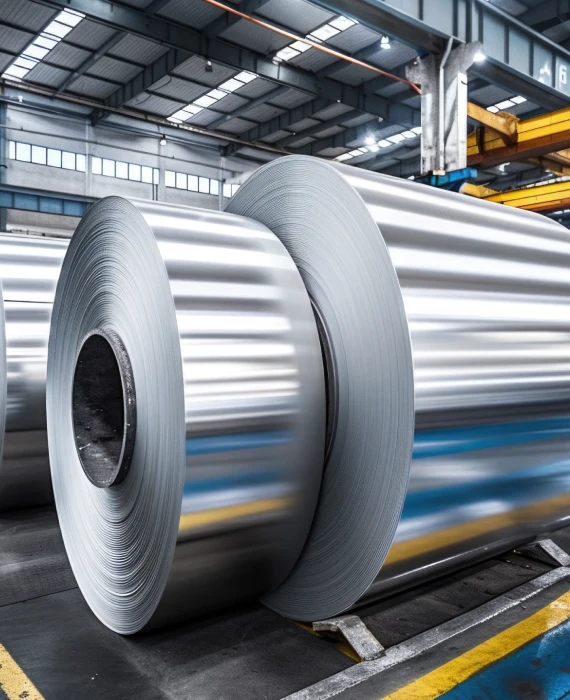

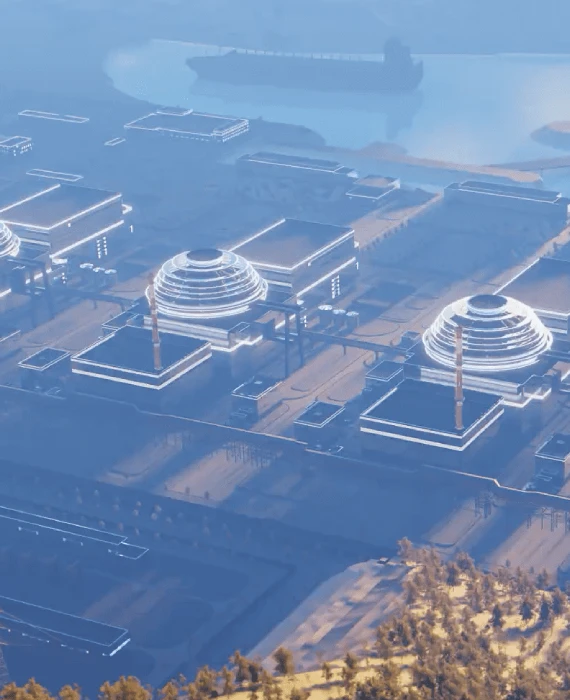
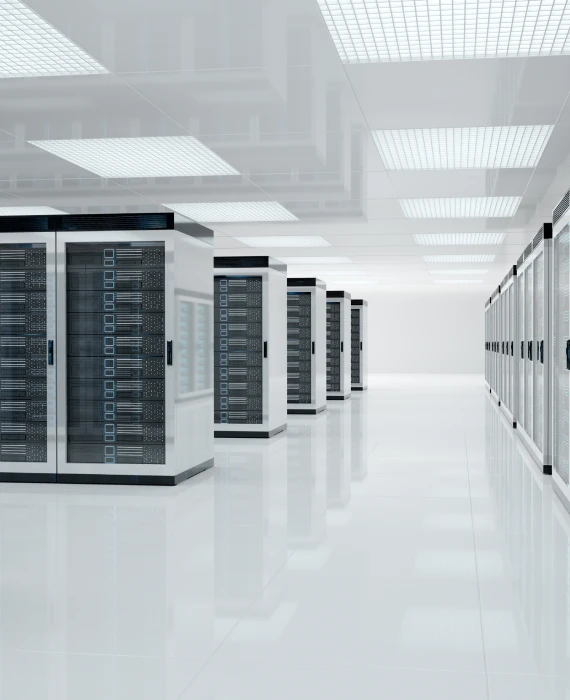
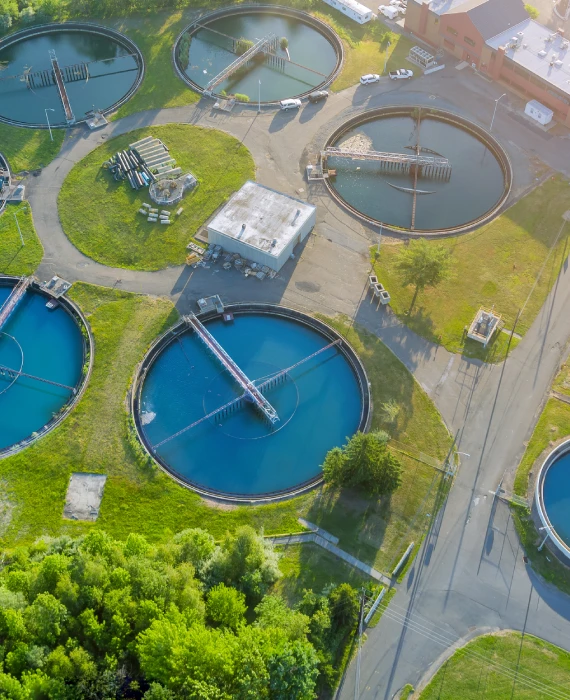
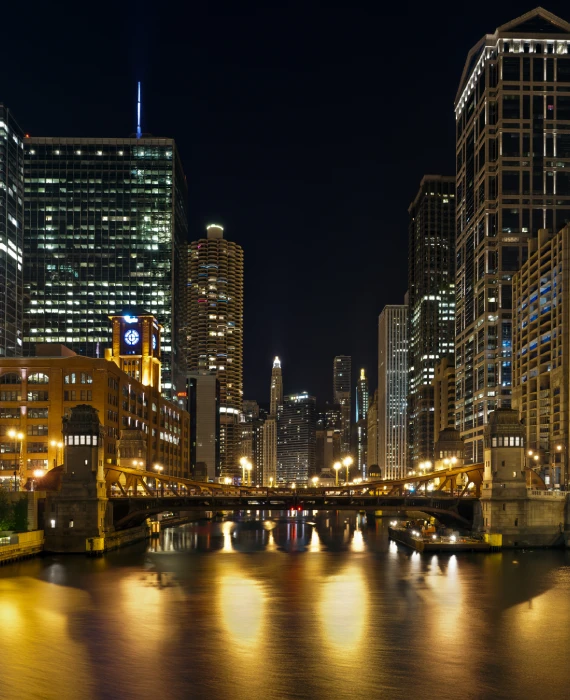
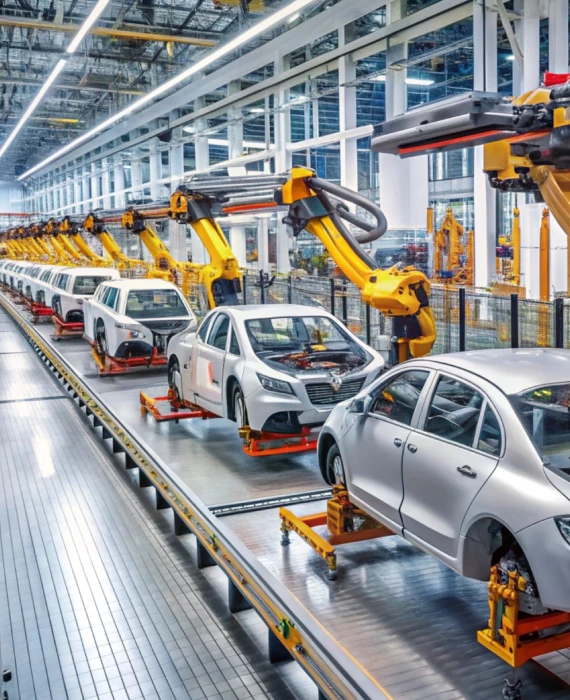

.jpg)
.jpg)
.jpg)
.jpg)
.jpg)
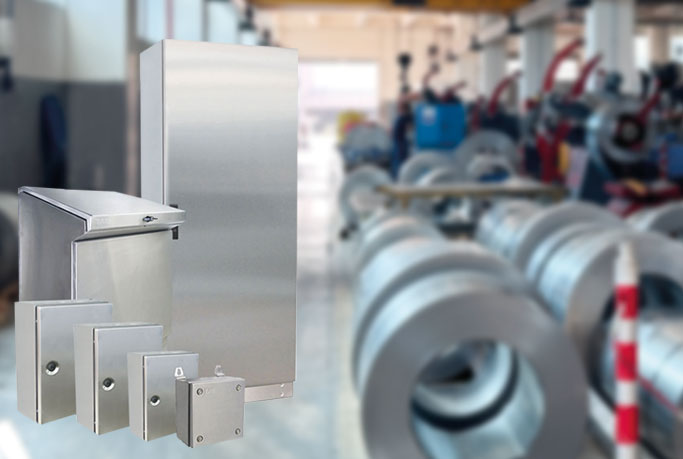

.webp)
.jpg)
.jpg)
.png)
.jpg)
-(1)-(1).jpg)
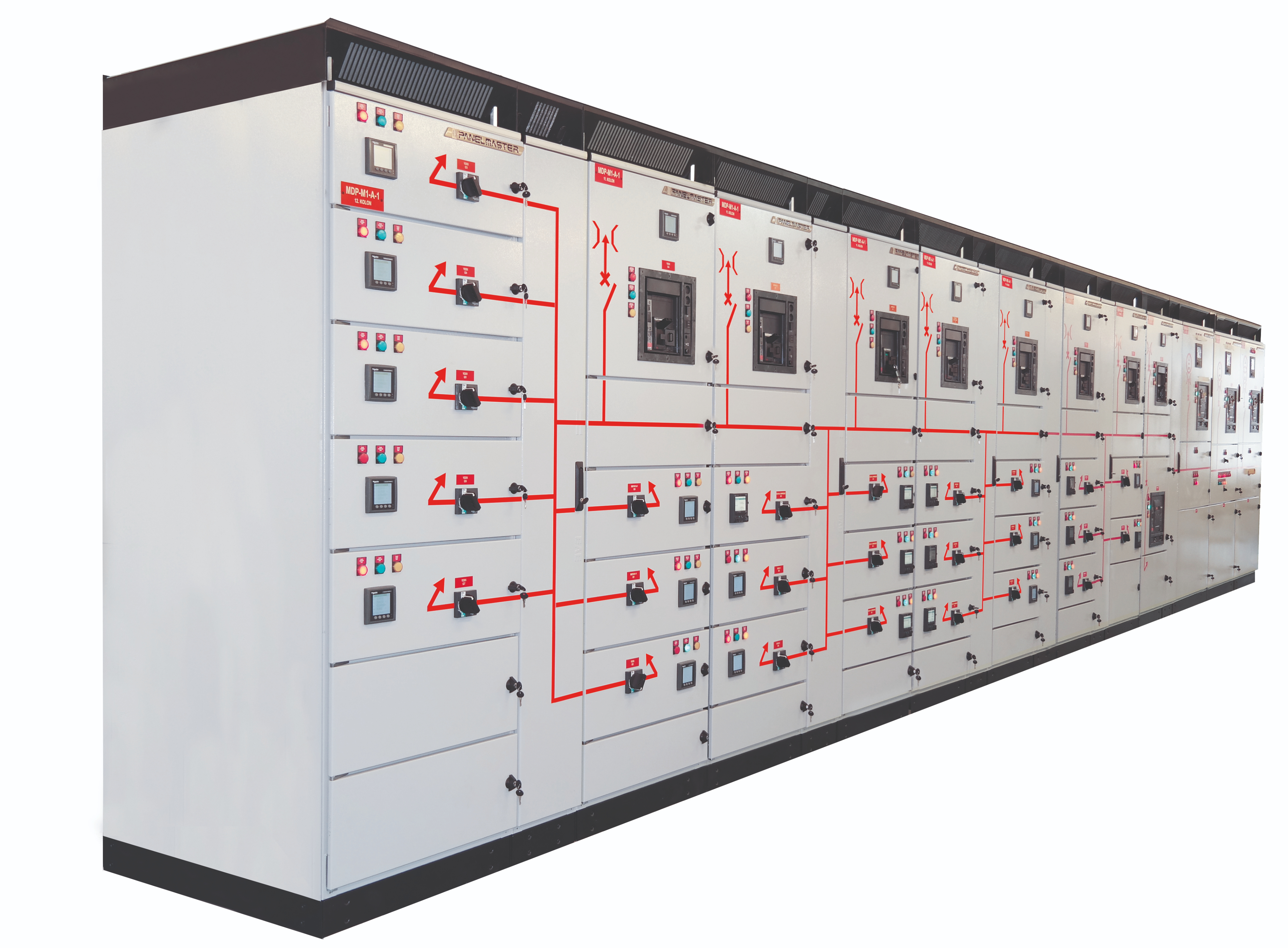
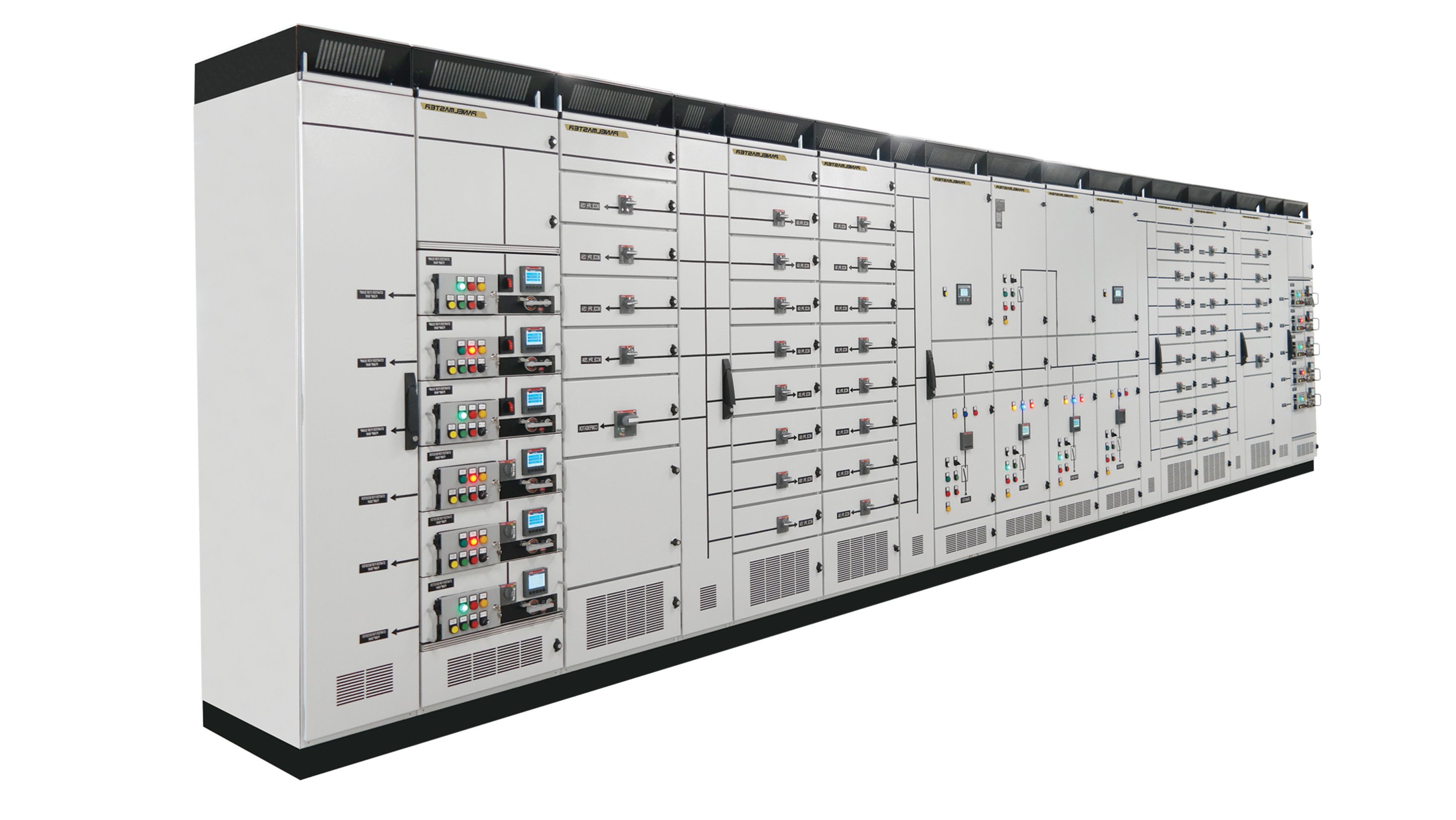
-(1).jpg)
-(1).jpg)
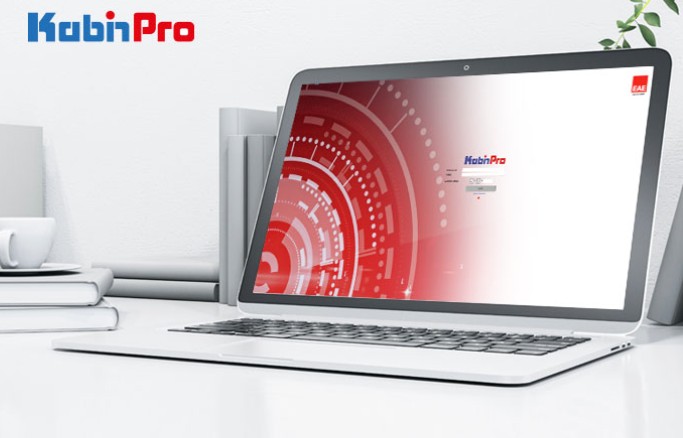
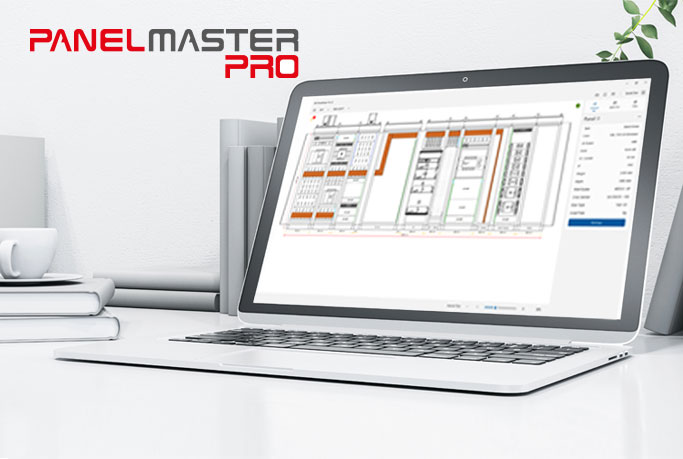


.jpg)
.jpg)
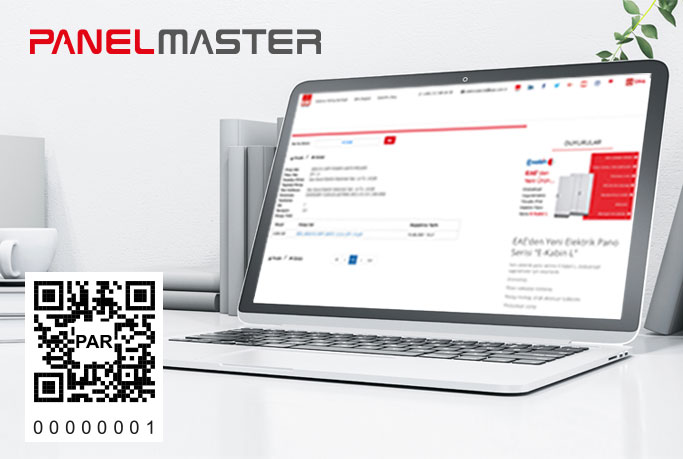
.jpg)